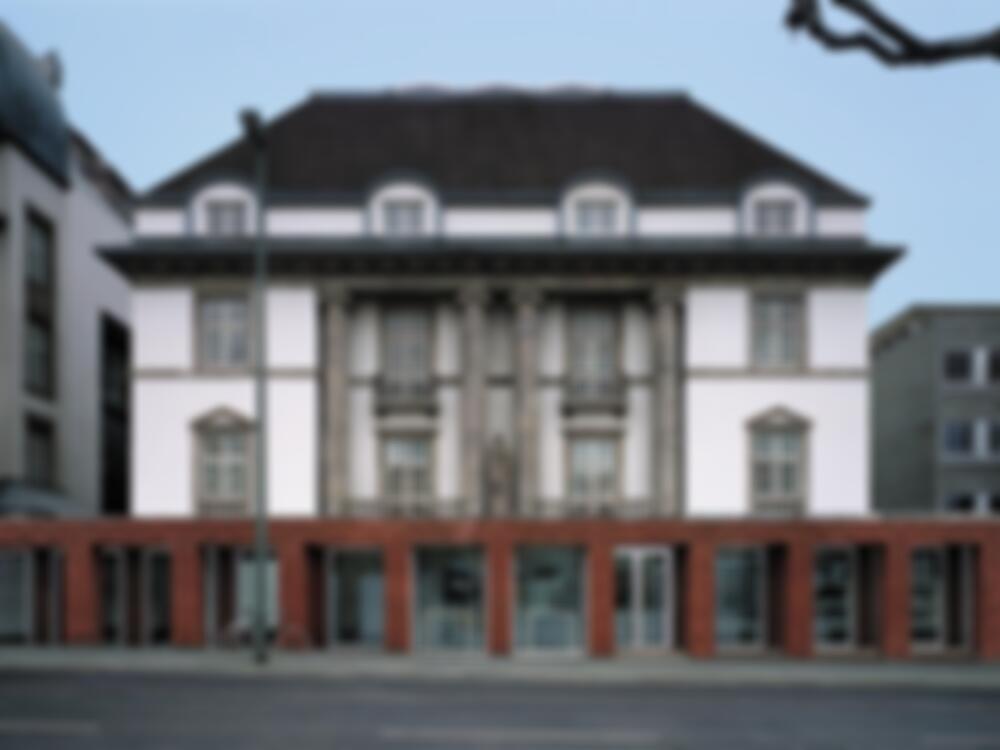“…Since I saw how a wonderful model of the corner solutions of Mies van der Rohe’s Toronto buildings was thrown away in Chicago in 1969, I have been consumed by a passion for collecting. From that moment onward, I pursued the idea of founding a museum.” Ten years were to pass before the art historian Heinrich Klotz succeeded in founding...
German Architecture Museum in Frankfurt am Main
Issue
01-02/2002 Brick and Blockwork Walls
Source
DETAIL
Task
Conversion / Refurbishment

© Tomas Riehle

© Tomas Riehle